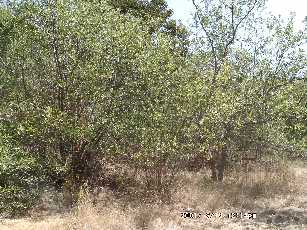
Salix lasiolepis, the arroyo willow, is common in streambeds and on riverbanks below 7000 feet in the western United States. Like the cottonwood, it occurs in wet areas in a wide variety of biomes.
Click on images to enlarge. To download jpegs, save the enlarged image
to your computer.
WARNING: The bitmap (BMP) images are over 1 megabyte per image! Full-sized
jpegs are usually only about 40 kilobytes. We recommend downloading jpegs
unless you require the highest image quality.
SCALE: Unless otherwise noted, these images are two centimeters wide and just under
one and a half centimeters tall. To estimate the dimensions of zoom images, compare
to their corresponding wide-angle shot. A fully-zoomed image can represent an area
of the soil a mere three millimeters wide and two millimeters tall!
 |
Site: UCSC Arboretum
Salix lasiolepis, the arroyo willow, is common in streambeds and on riverbanks below 7000 feet in the western United States. Like the cottonwood, it occurs in wet areas in a wide variety of biomes. |
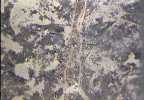 |
|
Thicks roots with barely-visible hairs. |
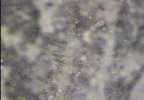 |
|
Full zoom on above image, nicely illustrating long root hairs. |
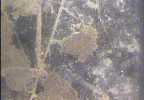 |
|
Deep, thick branched roots. |
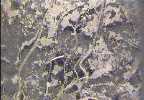 |
|
Numerous roots of different sizes. This is clearly a "hot spot" of root activity. |
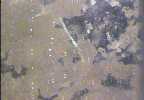 |
|
Visible through the mud is this thick white root. At this magnification, the root hairs are not visible. |
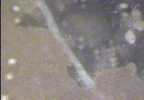 |
|
Zoom in on above; nice image of root hairs. It is interesting to note that the willow seems to be growing root hairs only where there is muddy soil available; it apparently does not waste energy growing root hairs in the soil's air spaces. |
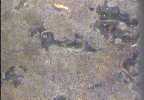 |
|
Another image of a root utilizing the muddy parts of the soil. |
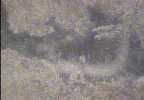 |
|
Excellent image of extensive root hair development (zoom in on above root). |
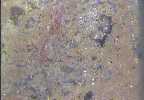 |
|
A rotted root. In time, all that will remain here will be an open channel along which water, soil fauna, and future roots will move. |
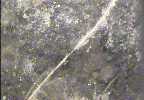 |
|
This active root seems to have a vague whitish substance surounding it... |
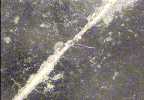 |
|
In this zoom of the above image, you can see that the whitish substance forms a sort of sheath around the root, and is probably due to the presence of soil fungi. The concept of a "rhizosphere", a zone adjacent to roots that is influenced by root activities, is perfectly clear in this image. Soil fungi are presumably feeding on sugars leaking from the root. |
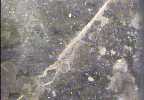 |
|
This image was taken further down the same root. |
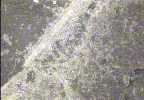 |
|
Zoom in on above. |
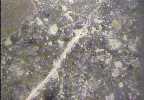 |
|
This is another image from the same root. |
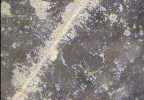 |
|
Zoom in on above. In an image like this it is impossible to distinguish between root hairs and soil fungi. |
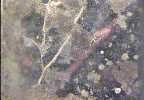 |
|
Three contrasting roots. |